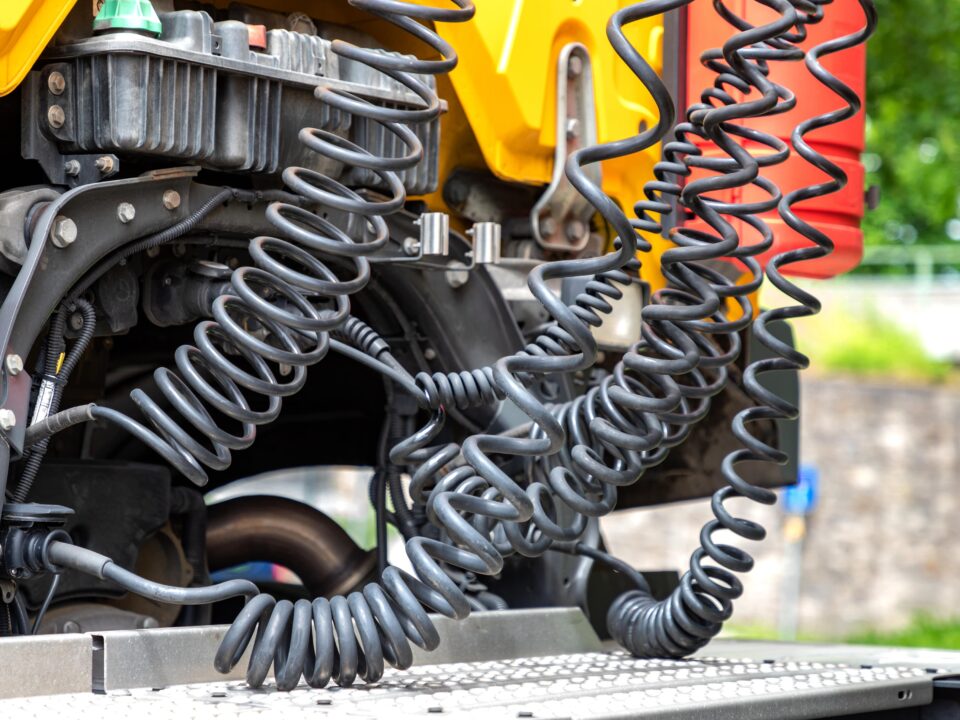
A heavy equipment transport is a tricky proposition. Driving has risks inherent to it. Then you add in driving a larger vehicle, and it gets more complex. Driving over long distances, and with a large piece of machinery in tow, and the challenges increase. Yet, it’s these trucking routes traversed everyday by dedicated workers that keep this country operating. Below we’ve compiled our list of crucial tips for heavy equipment transports!
Preform a Risk Assessment
Whenever plotting out transport routes, it is a good idea to create a risk assessment. This will factor in driver experience, length of the route, type of roads, type of cargo, and weather, among other things. A proper risk assessment combines all the factors of the route and can help with certain determinations(driver, alternative routes, timeframe). As noted above, heavy equipment transport has a lot of risks!
Be realistic in your risk assessments. Now is not a time to cut corners or cost. When dealing with a heavy equipment transport, you are dealing with(potentially) the safety of your driver and anyone they share the road with.
Determine the Weight and Dimensions of Your Load
As part of your risk assessment, you’ll need to determine the exact dimensions and weight of your equipment you are transporting. This is necessary for a few reasons. 1) The bigger the load, the more potential risk involved. 2) The size of the load may determine which truck you utilize to transport it. You don’t want to overburden your transport vehicle! 3) There are numerous DOT regulations relating to the size of equipment transported.
Inspect Your Vehicle
Any transport should begin with a thorough inspection of your truck. Routine inspections should be conducted anyway. Before each haul is loaded and secured, conduct another inspection. Conduct all routine maintenance in a timely fashion on your vehicles. Thoroughly check tires, oil levels, brakes, and everything required to keep your truck in working order. Replace or repaired anything necessary. Even a relatively small problem grows exponentially during a heavy equipment transport.
Secure Your Load
Once your vehicle is in order and your risk assessment has been completed, the time has come to load your equipment and secure it to the truck. The exact nature of your equipment will determine how to load it, but there are some general rules to follow. Make sure all doors are secured and locked. Fasten and secure any loose covers(if utilizing them) or articulation points, and lock the brakes in place.
Strongly fasten your equipment down with chains, straps, binders, and anchors. Once secured, check it again. Many companies have safety protocols in place where multiple people check a load to make sure it is securely fastened. Consider instituting a policy like this for your transports.
Consider Outsourcing
Sometimes, a load may be too much for your capabilities. Bring in the professionals! A qualified team of heavy haul specialists can save you cost and headaches in the long run and make sure your equipment is delivered in a safe and timely manner.





